Data mining is a crucial aspect of extracting valuable insights and patterns from large datasets. With the advent of artificial intelligence (AI), data mining processes have become more efficient and effective. In this article, we’ll explore the top 10 AI tools for data mining that can help businesses uncover hidden trends and make informed decisions.
In today’s data-driven world, businesses are constantly seeking ways to harness the power of AI for data mining purposes. These AI tools enable organizations to sift through massive amounts of data, identify patterns, and derive actionable insights to drive growth and innovation. Let’s delve into the top 10 AI tools for data mining that are revolutionizing the way businesses leverage their data assets.
Dundas BI
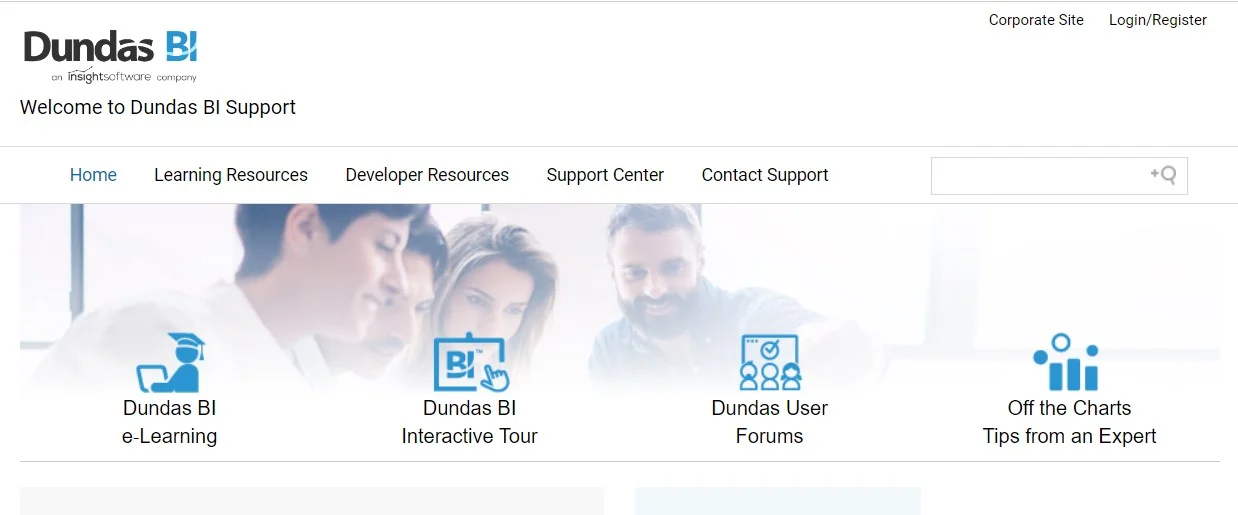
Dundas BI is a comprehensive business intelligence and analytics platform that leverages AI for advanced data mining capabilities. With Dundas BI, organizations can visualize, analyze, and interpret complex data sets to uncover valuable insights and drive informed decision-making.
Key Features and Capabilities:
- Advanced data visualization and exploration tools for interactive analysis.
- Predictive analytics and machine learning algorithms for forecasting and trend identification.
- Seamless integration with existing data sources and systems for streamlined data mining workflows.
Real-world Use Cases or Examples:
Dundas BI is used by businesses across various industries to analyze customer behavior, optimize marketing campaigns, and improve operational efficiency, leading to increased profitability and competitive advantage.
Apache Mahout
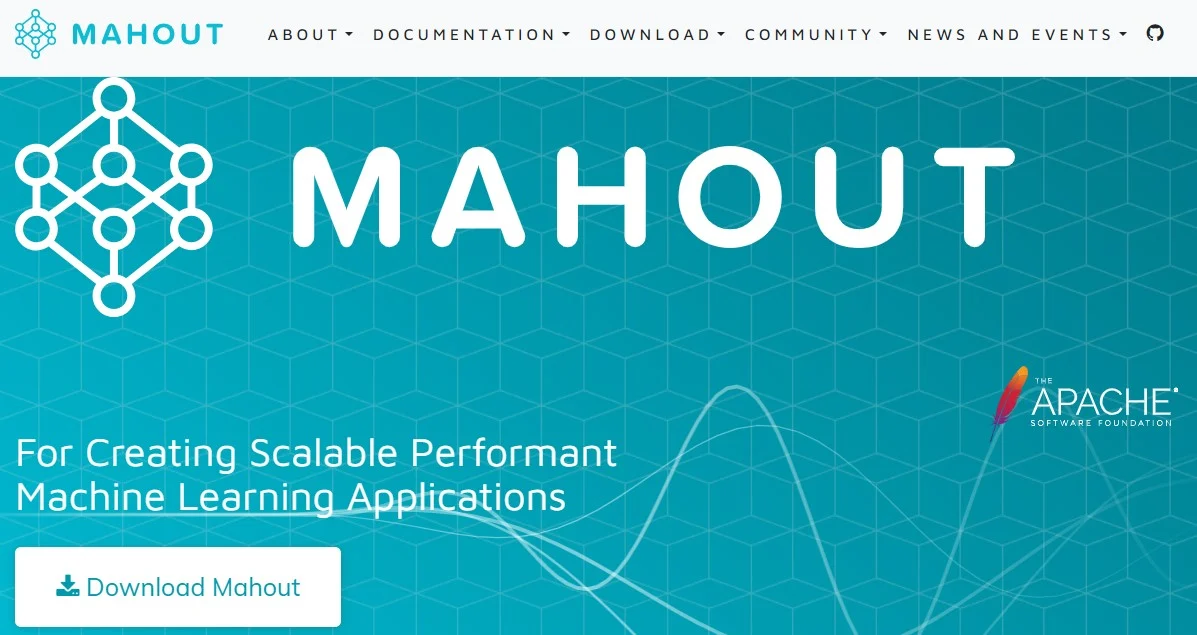
Apache Mahout is an open-source machine learning library that provides scalable algorithms for data mining and predictive analytics. It offers a wide range of algorithms for clustering, classification, and collaborative filtering, making it suitable for various data mining tasks.
Key Features and Capabilities:
- Scalable and distributed algorithms for processing large datasets.
- Support for multiple programming languages, including Java and Scala.
- Integration with Apache Hadoop and Apache Spark for distributed computing.
Real-world Use Cases or Examples:
Apache Mahout is widely used by organizations to build recommendation systems, analyze social networks, and perform sentiment analysis, enhancing customer engagement and driving business growth.
Teradata
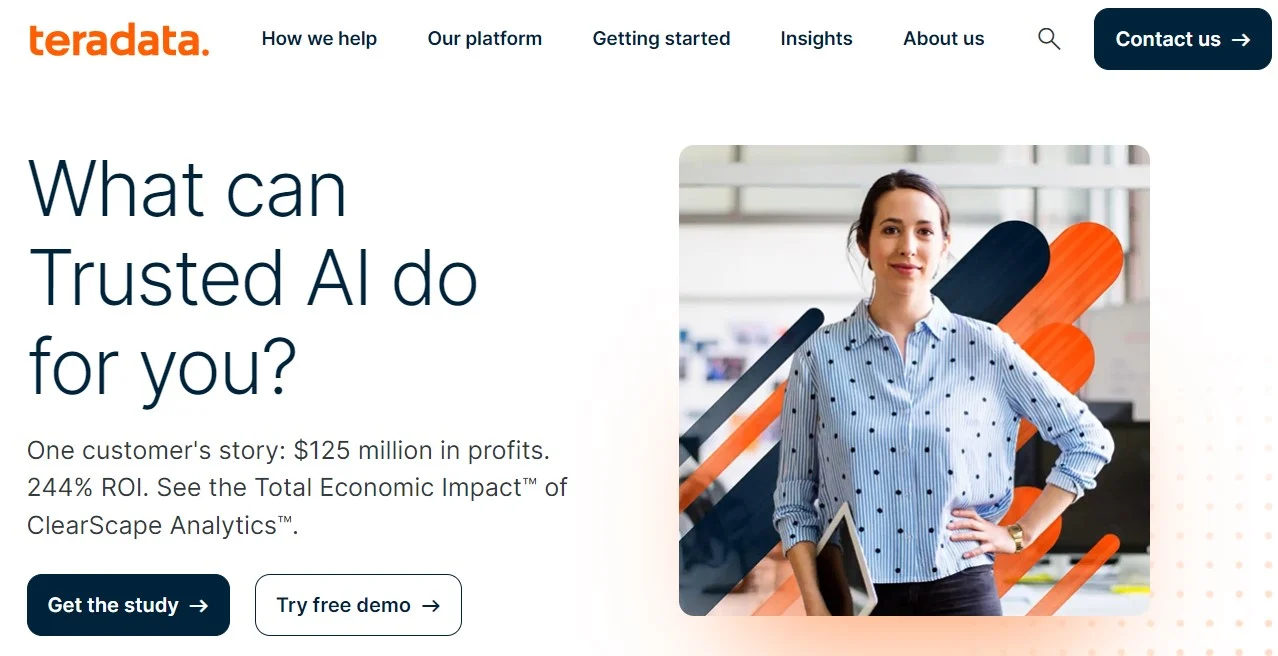
Teradata is a leading analytics platform that offers advanced data mining capabilities powered by AI and machine learning. It provides a comprehensive suite of tools for data integration, discovery, and analysis, enabling organizations to unlock the full potential of their data assets.
Key Features and Capabilities:
- Scalable analytics platform for processing large volumes of data in real-time.
- Advanced analytics functions for predictive modeling, anomaly detection, and pattern recognition.
- Integration with third-party AI tools and frameworks for enhanced data mining capabilities.
Real-world Use Cases or Examples:
Teradata is utilized by enterprises to analyze customer behavior, optimize supply chain operations, and mitigate risk, driving business agility and innovation in today’s competitive landscape.
SAS Data Mining
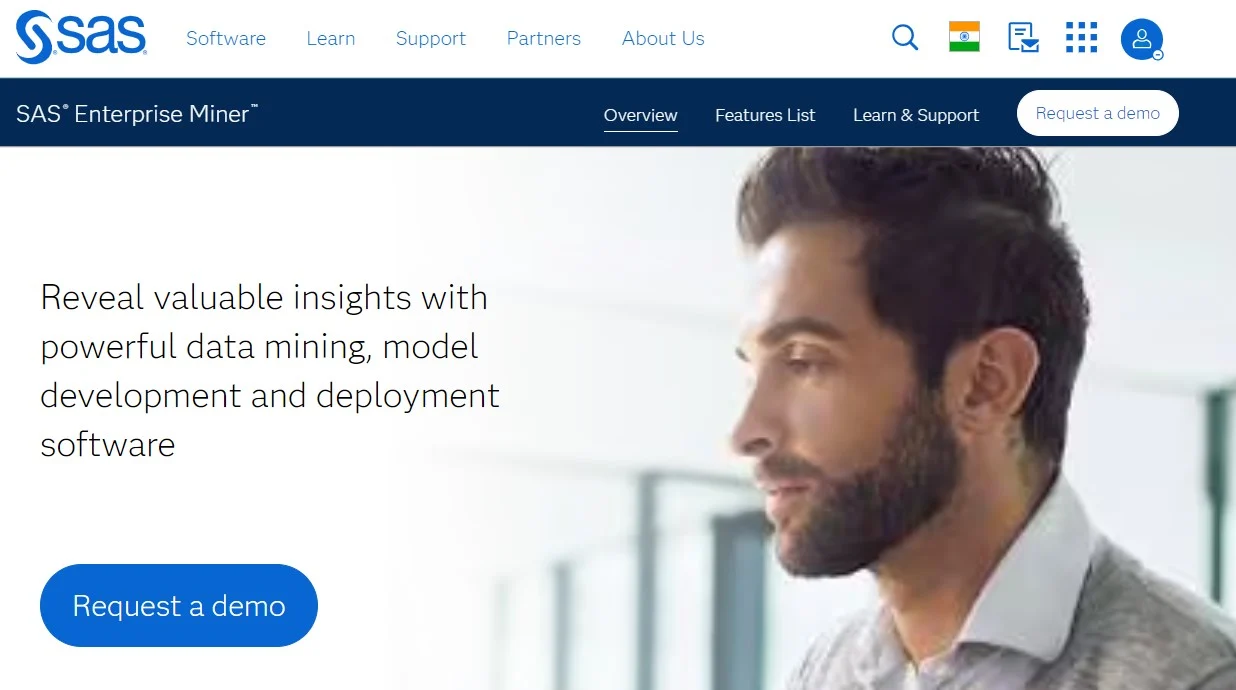
SAS Data Mining is a comprehensive data mining solution that empowers organizations to discover insights, make predictions, and optimize business processes. With its advanced analytics capabilities and intuitive interface, SAS Data Mining enables users to uncover hidden patterns and trends in their data.
Key Features and Capabilities:
- Wide range of statistical and machine learning algorithms for predictive modeling and analysis.
- Interactive visualizations and dashboards for exploring and interpreting data.
- Integration with SAS Viya and other SAS solutions for end-to-end analytics workflows.
Real-world Use Cases or Examples:
SAS Data Mining is employed by businesses across industries to improve customer segmentation, forecast demand, and detect fraud, leading to enhanced operational efficiency and competitive advantage.
SPSS Modeler
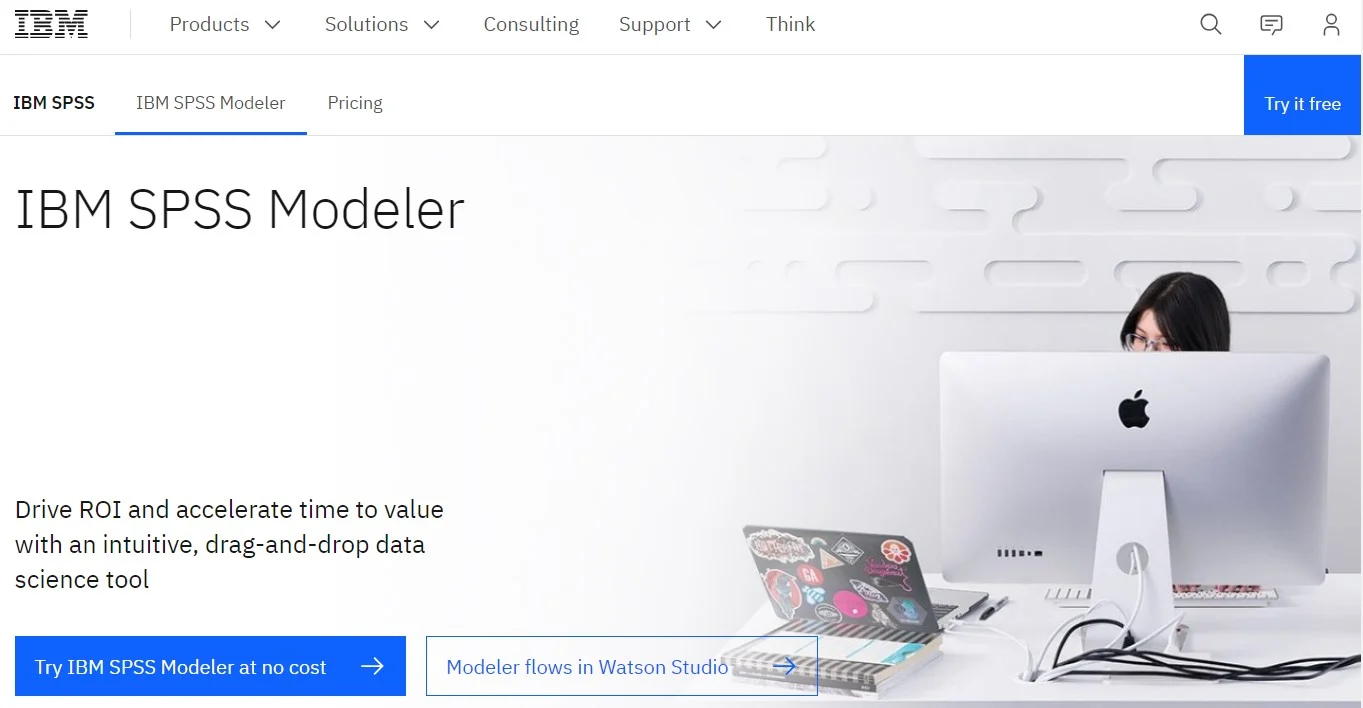
SPSS Modeler is a powerful data mining and predictive analytics software that enables organizations to uncover insights and make data-driven decisions. With its intuitive interface and advanced modeling capabilities, SPSS Modeler empowers users to analyze structured and unstructured data with ease.
Key Features and Capabilities:
- Drag-and-drop interface for building predictive models without coding.
- Support for a wide range of algorithms, including decision trees, neural networks, and regression models.
- Integration with IBM Watson Studio for collaboration and deployment of models in production environments.
Real-world Use Cases or Examples:
SPSS Modeler is utilized by data scientists and business analysts to predict customer churn, optimize marketing campaigns, and identify market trends, driving business growth and innovation.
Rattle
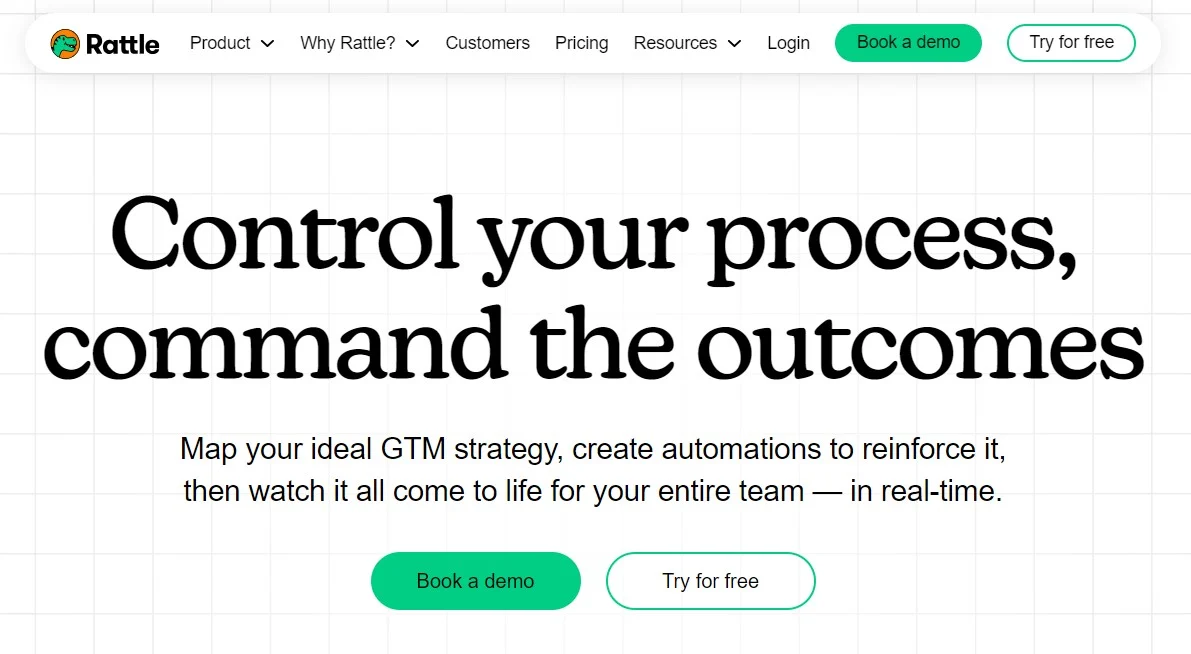
Rattle is an open-source graphical user interface (GUI) for data mining and machine learning with R. It provides a user-friendly environment for data exploration, modeling, and visualization, making it ideal for users with little or no programming experience.
Key Features and Capabilities:
- Intuitive interface for building and evaluating predictive models using R packages.
- Interactive visualizations and summary statistics for data exploration.
- Support for various machine learning algorithms, including regression, classification, and clustering.
Real-world Use Cases or Examples:
Rattle is widely used by researchers, analysts, and data scientists to analyze healthcare data, perform sentiment analysis, and predict stock prices, facilitating data-driven decision-making and research.
DataMelt

DataMelt, also known as DMelt, is an open-source computational platform for data analysis, scientific computing, and visualization. It provides a wide range of tools and libraries for data mining, machine learning, and statistical analysis, making it suitable for research and educational purposes.
Key Features and Capabilities:
- Rich set of libraries and modules for numerical computing and data analysis.
- Integration with popular data science libraries, such as NumPy, SciPy, and pandas.
- Support for interactive plotting and visualization using Matplotlib and Jupyter notebooks.
Real-world Use Cases or Examples:
DataMelt is used by scientists, engineers, and educators to analyze experimental data, simulate physical processes, and teach data science concepts, promoting interdisciplinary collaboration and knowledge sharing.
RapidMiner
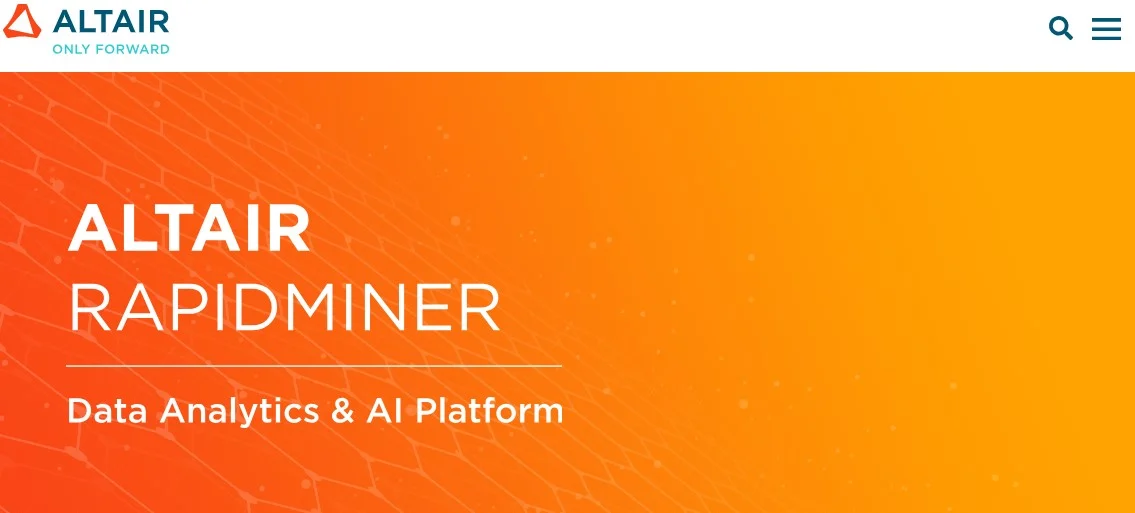
RapidMiner is an integrated data science platform that offers a wide range of tools for data preparation, modeling, and deployment. With its drag-and-drop interface and automated workflows, RapidMiner simplifies the data mining process and accelerates time-to-insight.
Key Features and Capabilities:
- Visual workflow designer for building and executing data mining pipelines.
- Extensive library of machine learning algorithms and preprocessing techniques.
- Collaboration and deployment features for sharing and operationalizing models.
Real-world Use Cases or Examples:
RapidMiner is utilized by data scientists, analysts, and business users to predict customer behavior, optimize business processes, and drive innovation, resulting in improved decision-making and business outcomes.
Oracle Data Mining

Oracle Data Mining empowers organizations to harness the power of AI for predictive analytics and data mining. Built upon Oracle’s robust database platform, it offers a comprehensive suite of algorithms and tools for uncovering insights and making data-driven decisions.
Key Features and Capabilities:
- Advanced machine learning algorithms for classification, regression, clustering, and association analysis.
- Seamless integration with Oracle Database for streamlined data mining workflows.
- Scalable architecture for processing large datasets and real-time analytics.
Real-world Use Cases or Examples:
Oracle Data Mining is utilized by enterprises across various industries for customer segmentation, fraud detection, and predictive maintenance, leading to enhanced operational efficiency and revenue growth.
Sisense
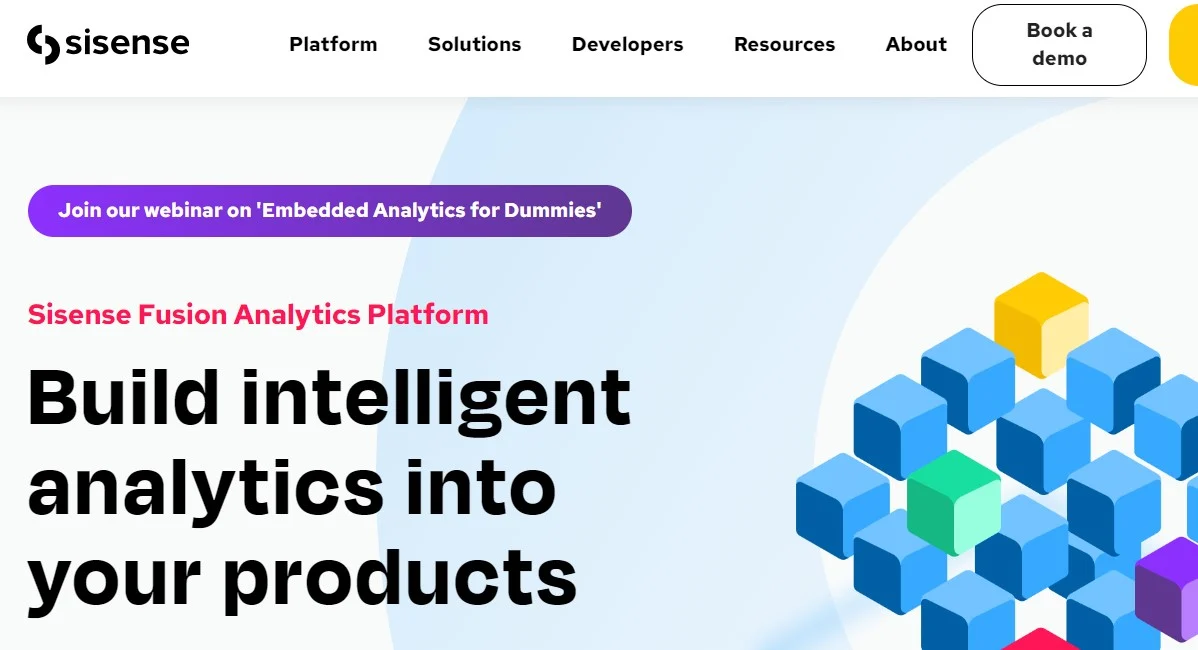
Sisense is a leading business intelligence platform that leverages AI for advanced data mining capabilities. With its intuitive interface and powerful analytics engine, Sisense enables organizations to explore complex datasets, visualize insights, and drive data-driven decision-making.
Key Features and Capabilities:
- In-memory processing and parallel computing for fast data analysis and visualization.
- AI-powered analytics for automatic anomaly detection and trend forecasting.
- Drag-and-drop interface for building interactive dashboards and reports.
Real-world Use Cases or Examples:
Sisense is employed by businesses to analyze sales performance, optimize marketing campaigns, and track key performance indicators (KPIs), empowering users to gain actionable insights and drive business growth.
Conclusion
In conclusion, the adoption of AI tools for data mining is paramount for organizations seeking to gain a competitive edge in today’s data-driven landscape. By leveraging Oracle Data Mining and Sisense, businesses can unlock the full potential of their data assets, uncovering valuable insights that drive innovation and growth. Embrace the power of AI in data mining to stay ahead of the curve and propel your organization towards success.
